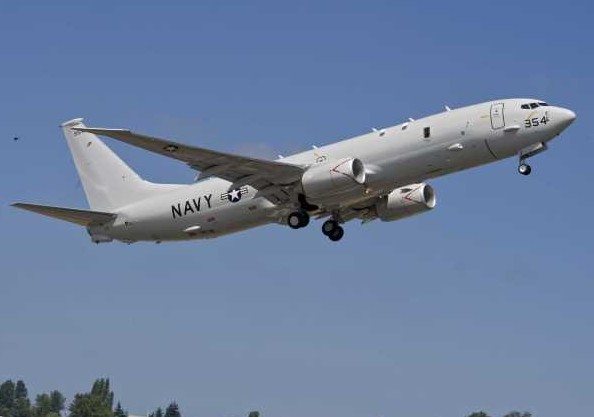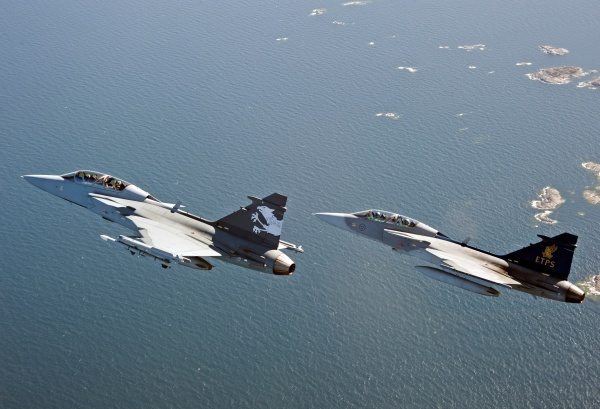Air Force leadership reinforced the critical nature and future of intelligence, surveillance and reconnaissance missions April 26 to a group of civic and industry leaders as well as media members attending the Air Force Association’s monthly breakfast in Arlington, Va.
The Air Force Association’s breakfast program is a monthly series that provides a venue for senior Air Force and Department of Defense leaders to communicate directly with the public and the press.
The key speaker, Lt. Gen. Larry D. James, the deputy chief of staff for ISR at Headquarters U.S. Air Force, spoke about how ISR is done today, and where it is headed in the future.
Right now, there are more than 20,000 Airmen working ISR missions on a daily basis, according to James. Of that number, more than 1,000 are deployed across all combatant command areas executing joint-service missions right now. They are collecting, processing, analyzing and disseminating more than 1.3 million megabytes of information per day, said the general.
“The Air Force truly is all in when it comes to conducting this ISR mission in support of our joint partners around the globe,” said James. “If you look across the ISR enterprise, we fly about 1,500 hours of airborne ISR missions every day.”
He said that includes more than 1,000 hours of full-motion video daily, as well. The Airmen then take this information and produce more than 1,400 intelligence products each day. The Air Force then fuses intelligence information and brings it to partners through a flexible global network called the Distributed Common Ground System.
“So I would offer, frankly, that this is probably the gold standard of today in terms of intelligence processing capability on a global scale,” said James.
The general said that the Air Force is now looking at how these large amounts of data are being used, and more importantly, how they will be used in the future. Specifically, he said, the Air Force is examining how the ISR enterprise needs to look in the next decades.
The future of ISR is going to be network-centric, he said, with the information being readily available in a way that is efficient and useable. He said in the future, the speed and effectiveness of analysts using these huge amounts of information will be more crucial than ever before.
“You have to have the ability to reach into the network or reach into the cloud, however you want to define that, and gather the data you need to get as an analyst to solve the problem you’ve been given,” James said.
That means developing a common architecture that allows data to be moved from all domains and across dissimilar platforms rapidly and efficiently.
“Over the course of the last 10 years, we been very good at operating in a permissive environment with airborne capabilities,” the general said.
However, the prospect of operating in a non-permissive environment is driving ISR requirements of the future. For instance, during the outset of conflict in an A2/AD (anti-access/area denial) environment, ISR capabilities that are currently available from remotely piloted vehicles like the MQ-1 Predator and MQ-9 Reaper would be severely limited.
Non-traditional ISR platforms, such as the F-22 Raptor and F-35 Lightning II, both of which have an array of sensors that can be used as intelligence collectors, are capable of and may be used for gathering intelligence inside non-permissive environments, he said. But, these capabilities do not traditionally feed into Air Force ISR, so there is work to be done in integrating non-traditional ISR sources into the global ISR enterprise.
“Ultimately, from an ISR perspective, one of the things that we’re definitely driving to is that this problem-set requires solutions that we bring information in from every domain – air, space and cyber,” James said. “So, how you gather information from each of those domains is going to be extremely important.”










